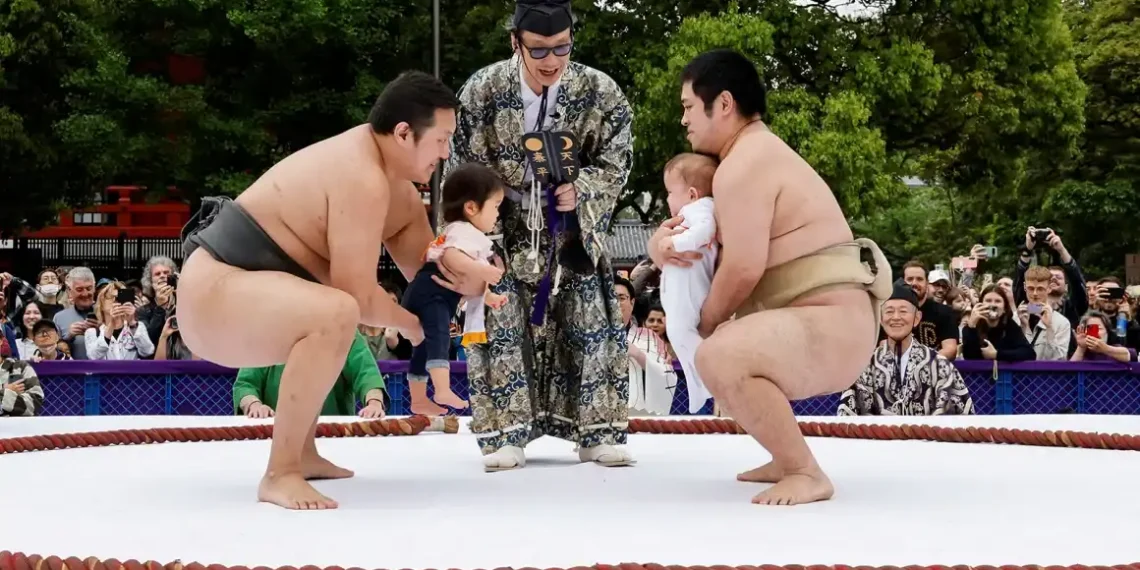Japan’s Child Population Hits Record Low for 44th Consecutive Year
Japan is facing a serious demographic crisis, as the number of children in the country has continued to decline for the 44th straight year. According to new government data released Sunday, Japan’s child population, defined as those aged 14 and under, has dropped to a record low of 13.66 million as of April 1. This marks a decrease of 350,000 children compared to the previous year, highlighting a deepening trend of falling birth rates.
A Shrinking Share of Children in Japan’s Population
Children now make up just 11.1% of Japan’s total population, which stood at 123.4 million in 2024—a slight decrease from the previous year. For perspective, the share of children in the population is much higher in other major countries: about 21.7% in the U.S. in 2023 and 17.1% in China in 2024.
A Deepening Demographic Crisis
Japan’s declining birth rate is no longer just a statistical concern; it’s a critical issue for the country’s future. Despite government efforts to encourage young people to marry and have children, Japan’s fertility rate has remained stagnant at 1.3 children per woman—well below the 2.1 needed to maintain a stable population.
For years, Japan has seen the number of deaths surpass the number of births annually. In 2024, Japan recorded 1.62 million deaths, more than double the number of births. While marriages rose slightly by about 10,000 from the previous year, the overall figures remain low, and divorce rates have been climbing.
Why Fewer People Are Starting Families
Experts say there are several reasons behind the population decline. High living costs, stagnant wages, limited housing space, and a deeply ingrained culture of overwork all play a role. Japan’s demanding work culture, where long hours and high pressure are common, has made it difficult for many young people to balance career ambitions with family life.
Moreover, Japan’s economic struggles—amplified by inflation, a weak yen, and a sluggish job market—have only added to public discontent, leading many to delay or forgo having children.
A Super-Aged Society
Japan is now considered a “super-aged” society, with over 20% of the population aged 65 or older. As the overall population shrinks, the country faces significant challenges to its workforce, economy, and welfare systems. Projections suggest that by 2065, Japan’s population could fall to just 88 million, a stark contrast to the current 123.4 million.
Government Efforts to Address the Crisis
To counteract the demographic decline, the Japanese government has launched several initiatives aimed at boosting fertility rates. These include expanding child care facilities, offering housing subsidies for parents, and even providing financial incentives for couples to have children. Some towns have gone so far as to pay families to have babies, in an effort to reverse the trend.
Despite these efforts, experts warn that the effects of Japan’s aging population are likely to persist for decades. The country’s changing demographics are seen as largely irreversible due to the structure of its population.
A Global Trend: Japan Is Not Alone
Japan is not the only country grappling with a shrinking population. Several of its neighbors, including China, South Korea, Hong Kong, and Taiwan, are experiencing similar declines. European countries like Spain and Italy are also facing demographic challenges. However, unlike many East Asian nations, European countries have generally been more open to immigration as a way to address aging populations.
China, which until recently was the world’s most populous country, saw its population fall for a third consecutive year in 2024, with deaths outpacing births. As a result, India has now surpassed China as the world’s most populous nation.
Bottom Line:
Japan’s ongoing demographic crisis highlights the challenges of a rapidly aging population and declining birth rates. While the government continues to introduce policies aimed at addressing the issue, the path forward remains uncertain, with long-term consequences for the country’s economy and social systems.
This article was rewritten by JournosNews.com based on verified reporting from trusted sources. The content has been independently reviewed, fact-checked, and edited for accuracy, neutrality, tone, and global readability in accordance with Google News and AdSense standards.
All opinions, quotes, or statements from contributors, experts, or sourced organizations do not necessarily reflect the views of JournosNews.com. JournosNews.com maintains full editorial independence from any external funders, sponsors, or organizations.
Stay informed with JournosNews.com — your trusted source for verified global reporting and in-depth analysis. Follow us on Google News, BlueSky, and X for real-time updates.













